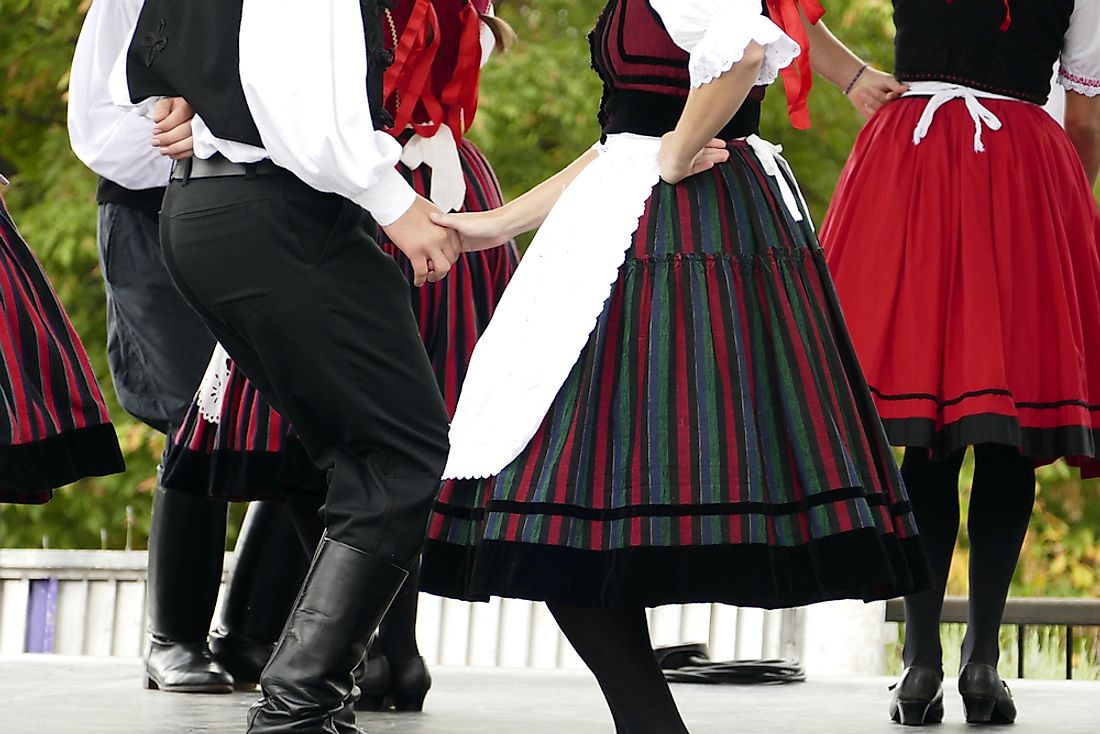The Hungarian People - Cultures around the World

5. Description
Hungarians, as their name implies, hail from the country of Hungary. They are often further classified into numerous subgroups based on cultural distinctions and native linguistic nuances. Examples of these subgroups are the Jassic, the Székelys, the Palocs and the Csangos. In the period between 1918 and 1920, the longstanding Austro-Hungarian Monarchy was dissolved, leaving today’s Hungary with a population of about 9.8 million of its own. Hungarians can also be found scattered in several other parts of the world today, such as the United States, Germany, Australia, Columbia, Argentina, Canada, and Chile. German was the most often used language among Hungarians before World War II. During the country's socialist republic period, however, Russian became the mandatory language. English is their most valued language today, second in use only to their own native Hungarian tongue. English fluency is especially common among the younger members of the population who wish to go into academics, banking, finance, and any of the many branches of science.
4. Architecture
In traditional Hungarian peasant society a clean house, called a tiszta szoba, is customary. These are primarily used for rites and special occasions, such as weddings, baptismal ceremonies, and funerals, as well as births. Another important section of the house is the “sacred corner”, where pictures of statues brought from Catholic pilgrimages and saints are often hung. More often than not, Hungarian villages are crowded around where a Catholic church is centrally located. In 1867, when the Austro-Hungarian monarchy was formally established, an impressive wave of industrialization occurred, bringing forth such major commercial cities as Budapest, where the population had grown to 1 million by the beginning of World War I. Hungary boasts of having Europe’s largest Synagogue, as well as its largest medicinal bath, which is known as the Széchenyi Medicinal Bath. Gödöllő is recognized as the second largest Baroque castle in the world, while Pécs is the largest Early Christian Necropolis located outside of Italy.
3. Cuisine
Many Hungarians prefer to refer to themselves as Magyar, which is reflected in the name of their staple food, called the Magyar kenyér, or Hungarian Bread. For this reason, wheat is among their most vital crop, while pig meat and its by products remain to be prominent in their everyday diets. During weddings, a common favorite dish is a kind of chicken soup prepared with ingredients believed to enhanced fertility, such as csiga noodles. Other dishes that usually accompany the chicken soup are stuffed cabbage, sweetened rice, butter cream tortes, and gulyas, a kind of Goulash stew. Many Hungarians tend to think of themselves as being avid wine drinkers. However, if you roam the streets of Budapest, you’ll soon find that beer is a very common beverage there. Other world famous Hungarian dishes are chicken paprikash, vadas, and foie gras. Popular Hungarian desserts include Strudel, Perec, kifli, sour cherry soup, and the ever-present Dobos Cake.
2. Cultural Significance
Hungary has the largest population of Jews in the Eastern European region, second only to Russia, of which around 80% live in the Hungarian capital city. Hungarians are known for their intricate carvings, embroidery, and pottery, along with their brilliant and vibrant literature. Unfortunately, the Hungarian language is not very well known in most other parts of the world, somewhat limiting the popularity of their excellent poets and writers. Included in the list of notable authors who hail from Hungary are János Kodolányi, Péter Esterházy, Sándor Márai, Magda Szabó and Imre Kertész, Despite language barriers, all of these are well known in Italy, Finland, Germany, and Austria.
1. Threats
Throughout its history, Hungarian culture has been under almost perpetual attack by the succession of outside influnces and conquering countires who have desired the Hungarian people to assimilate to their own ways of life. More recently, with the ongoing refugee crisis in Europe, Hungary’s prime minister has been facing several challenges from neighboring countries insisting that his refusal to accept the refugees is his way of protecting their Christian culture and heritage, as part of a right-wing, anti-refugee movement that has gained popular throughout movement.











